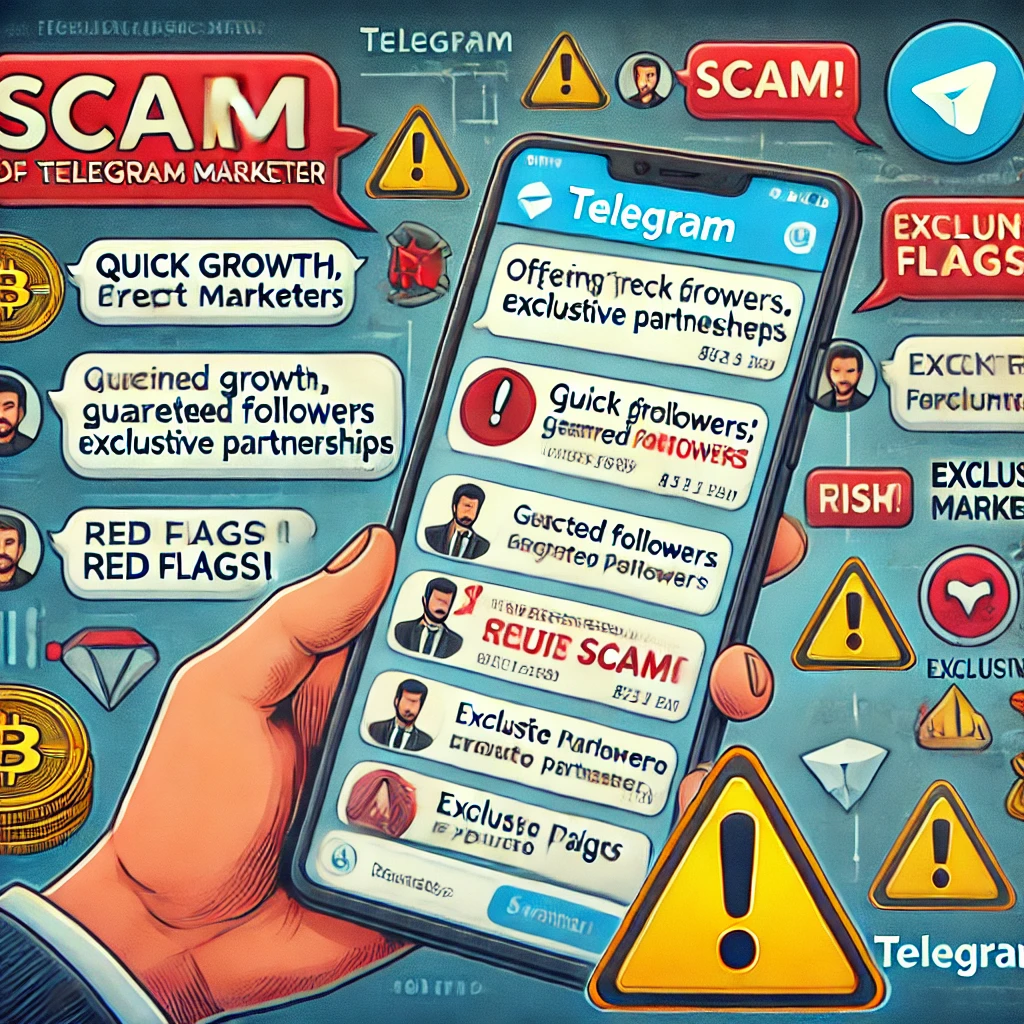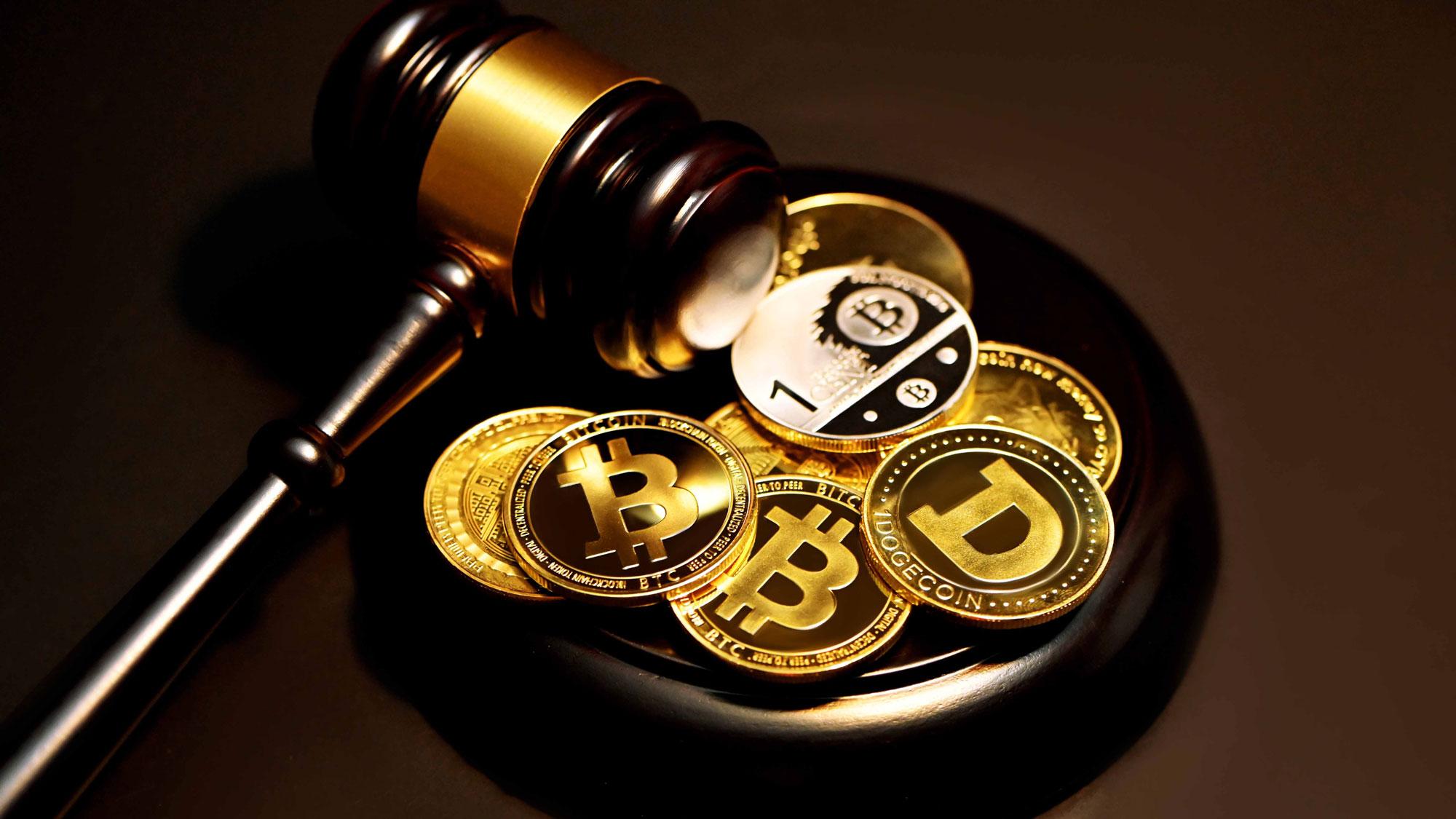Meme coins and FOMO
The rise of meme coins—cryptocurrencies propelled by internet culture and social media buzz—has transformed speculative investment into a high-stakes trend. Promising outrageous returns and backed by celebrity endorsements and viral online communities, these coins seem alluring. However, beneath the veneer of humor and hype lies a risky investment that often lacks tangible value or utility, leaving countless investors at risk of significant losses. As experts have pointed out, meme coins rarely deliver on long-term value, with most ultimately failing or fading into obscurity.
The Rise of Meme Coins: A Market Driven by FOMO
Meme coins, like Dogecoin, Shiba Inu, and the now-infamous Squid Game token, typically gain attention due to cultural trends, social media influence, and “fear of missing out” (FOMO). They attract massive numbers of casual investors hoping to strike it rich overnight. Unlike Bitcoin, designed as a decentralized currency, or Ethereum, which powers decentralized applications, meme coins offer no actual purpose. Instead, their value hinges on social buzz and momentum—a model that makes them extremely volatile and speculative.
“Investing in meme coins is akin to playing with fire,” says financial analyst Laura Knight. “There’s often nothing to fall back on if the trend fades because they lack both utility and intrinsic value.”
Why Meme Coins Lack Real Utility and Value
In the world of cryptocurrency, value typically stems from utility. Coins with long-term value are used to fuel decentralized finance applications, enable smart contracts, or provide a secure store of value. By contrast, meme coins are purely speculative assets. They exist without a functional ecosystem, meaning there’s little demand for them beyond their appeal as internet phenomena. Without a concrete use case, these coins are susceptible to rapid depreciation as soon as public interest wanes.
This volatility was evident when Dogecoin’s value, inflated by a few celebrity tweets, lost much of its momentum after the initial hype faded. Investors who bought in at the peak were left with considerable losses as the coin’s value plummeted. Unlike other assets with utility-based demand, meme coins rely on a cycle of continuous hype—a precarious foundation for any investment.
The Track Record of Meme Coins: A Cycle of Boom and Bust
Most meme coins follow a predictable cycle: a rapid rise in value fueled by social media buzz, followed by a sharp decline once the excitement subsides. A report by research firm Chainalysis reveals that up to 90% of meme coins lose almost all their value within months of launching. Dogecoin remains an outlier, but the vast majority of other coins have ended in disappointing losses for investors.
The Squid Game coin provides a glaring example. Inspired by the popular Netflix show, it gained attention after exploding in value by over 83,000% in days. But when investors attempted to cash out, they discovered they couldn’t. Within weeks, the coin’s anonymous creators had vanished with investors' money, demonstrating the risks associated with these hype-based assets.
The Threat of Scams and "Rug Pulls"
Due to the largely unregulated nature of cryptocurrency, meme coins are particularly vulnerable to scams. Developers can manipulate the code to prevent investors from selling their tokens, a scam known as a “rug pull.” In these cases, the creators capitalize on the hype, raise funds from investors, and then pull all liquidity out of the project, leaving investors with worthless tokens.
Crypto analyst Mark Davis explains, “Meme coins are often launched with minimal transparency and oversight. Many developers have no intention of sustaining the project and instead aim to cash out on initial hype.” As seen with numerous rug pulls, these projects leave investors at a disadvantage in the unregulated market.
How Investors Can Protect Themselves
For investors tempted by meme coin mania, the best defense is a healthy dose of skepticism. Experts recommend avoiding coins that lack a clear and practical use case, as well as projects led by anonymous teams or lacking a transparent roadmap. Additionally, due diligence—such as reviewing whitepapers, verifying project partnerships, and assessing the technology behind the coin—is essential.
Above all, investment advisers emphasize that any money put into meme coins should be money that investors can afford to lose. Real value in the crypto world stems from utility, not from fleeting hype, and investors should approach meme coins with the understanding that these assets are as much a gamble as they are an investment.
Conclusion: Lessons from the Meme Coin Era
The allure of meme coins is undeniable, but their track record has shown that hype alone is rarely a sustainable foundation for financial success. Without tangible utility, meme coins are at high risk of failure, often leaving investors with little more than losses. As the dust settles on the meme coin craze, investors are learning a hard lesson: in a volatile, hype-driven market, understanding value is essential to long-term success.
-
 01/05/2025 148
01/05/2025 148 -
 12/28/2024 153
12/28/2024 153 -
 12/15/2024 167
12/15/2024 167 -
 11/05/2024 218
11/05/2024 218 -
 10/30/2024 267
10/30/2024 267
-
 09/12/2024 630
09/12/2024 630 -
 09/12/2024 576
09/12/2024 576 -
 08/30/2024 374
08/30/2024 374 -
 09/25/2024 372
09/25/2024 372 -
 09/01/2024 365
09/01/2024 365
FEATURED NEWS
 and IPO (Initial Public Offering). On the left side, illustrate ICO with a blockchain, cryptoc.webp)
NEWS

NEWS

NEWS
NEWS



LEAVE A COMMENT